History/driving impressions originally published in AutoWeek April 14, 1986
There is not much to the interior of an Alfa Romeo GTA. Memory fails all but the most important details, things like highly legible gauges, the Alfa-typical dogleg shifter, the Connelly-leather covered bucket that holds the occupant like a miser holds his ledger. There is the shoulder-belt-only restraint system – no lap belt – that hopefully works better than it feels. Mama velours need not look for the hides of their long-lost babies in the GTA, however, and the only way you’ll find carpet in the car is to drive to a rug sale. There’s no radio either, but that doesn’t really matter. The Alfa has its own special sound system: due to a total lack of noise insulation, every sound made by the engine, exhaust and suspension is your constant companion.
That in itself isn’t bad. As English is the international language of air traffic control, Italian is that of music, and the GTA speaks that language very well. Except when it comes to the broken concrete and patched asphalt that passes for residential streets in Washington, DC. There the GTA is slowed to a crawl and even then it crashes over cracks and potholes as if it were reinventing the soundtrack for Fibber McGee’s closet.
The GTA in question is one belonging to one John Brodman, and the business of prowling the byways of Washington is a matter of getting to and from his home, where resides also has Alfa.
Of course, the GTA was not bred for urban duty. It was built to be a racer. Based on the Gulia GT, it was a lightweight homologation special (the A stands for “Alleggeritea,” or “Lightened”) weighing some 400 pounds less than its parent thanks to the extensive use of light alloy bodywork, a spartan interior and the aforementioned lack of insulation. Alfa went so far as to use snap out vinyl mats in place of carpeting, and a special Hefty-bag thin vinyl for upholstery – though Brodman negated this somewhat by recovering the seats with Connelly hides (and who, having sat in the car, can blame him?)
Under the hood Alfa put a special twin-plug, big-valve head version of the Giulietta-derived DOHC four, displacing 1570cc producing 115bhp at 6000rpm and capable of pushing the Bertone coupe to 115 mph in stock form. About 100 pounds lighter still was an even more special version, the “Corsa,” which with its compression ratio bump from 9.7 to 10.5:1 and smaller valves made 170hp at 7500rpm. It could do 135 MPH.
All of this was introduced at the 1965 Geneva Auto Salon, the sufficient examples for homologation were not produced until the beginning of the 1966 competition season. The delay did not seem to affect the car’s speed. At Sebring, on March 12, 1966, future world champion Jochen Rindt won the four-hour Touring Car Race. It was the GTA’s first win. Trailing in second place by more than a lap was Bob Tullius in a Dodge Dart, followed by Andrea de Adamich in another Alfa.
The race was especially significant for being the first TransAm ever. Alfa went on to take the under 2.0L TransAm crown that inaugural year and also garnered a class title in the European Touring Car series.
There isn’t room here to list all the GTA’s victories; suffice to say that the Alfa became a staple of the small bore class in TransAm as long as it lasted, as anyone who witnessed Horst Kwech in epic battles first (in vain) against the Porsche 911 and then (not so much in vain) against the Datsun 510/BMW 2002 can testify. In Europe, the GTA backed up its maiden year ETC title with two more, in 1967 and 1968, and the European Challenge series in both 1300cc (GTA Jr) and 1600cc classes in 1969. In 1970 the swollen fendered 1750 GTAm (the “m” standing for “maggiorata,” or “enlarged”) won the ATC championship outright and the 2000 GTAm class honors in 1971.
To do all this racing the GTA had to be homologated, which under FIA rules required 1000 copies in one year. One of these, with factory installed rear fender flares, was delivered to an enthusiast in France who use it for semi-serious rally competition, installing a rollbar and grenading that sweet little twin-plug engine and replace it was a single-plug 2.0L unit. Brodman bought the car in France and had it restored in Belgium. The restoration is a story in itself, including the bankruptcy of the original restorer and several years of letters with the second team that finally finished after all most all hope of seeing the car again was lost.
Back in this country, Brodman has used the car for touring and has two Alfa Owners Club national meet concours second-place trophies. The 2.0L engine remains for the time being, a little tamer than the twin-plugger and a little more easy to manage, though still ably dispatching beltway competition. On smooth secondary roads it’s classically tidy, no tricks or quirks, honest as Abe, what-you-see-is-what-you-get handling.
From the driver’s seat one cannot see the crude wire-screen grill nor the wonderfully nubby mag-alloy wheels, but they mark the Alfa as much as the no-nonsense interior. The GTA was, and remains, a serious automobile. And that explains why it’s more fun than velour hunts, carpet sales, or listening to the radio.
Perhaps the most exciting race series for the Alfa Romeo, at least for me, was the Trans-Am 2.5 Challenge, and 1971 the greatest ever, the Horst Kwech Alfa GTA slugging it out with the factory supported BRE Racing Datsun 510 driven by John Morton. The series came down to the finale at Lagua Seca, with Kwech winning on the race track but disqualified for an oversized fuel tank. Morton’s win gave Datsun the maufacturer’s championship. Ah, but what might have been.









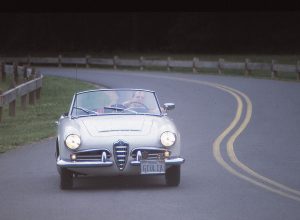

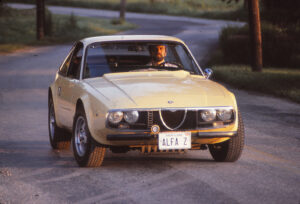
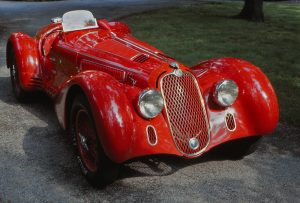
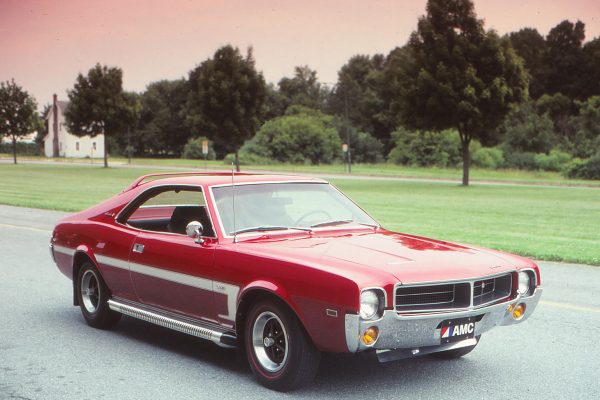

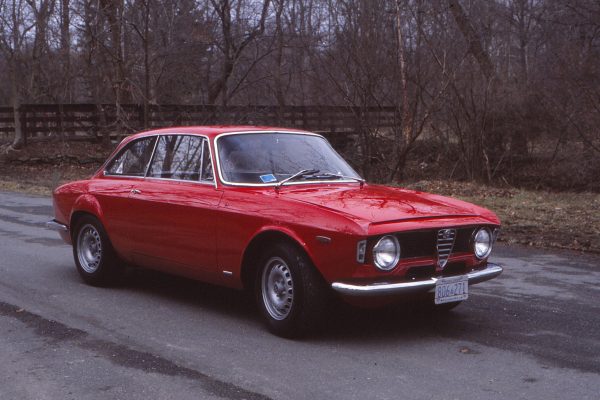
What Do You Think?
You must be logged in to post a comment.